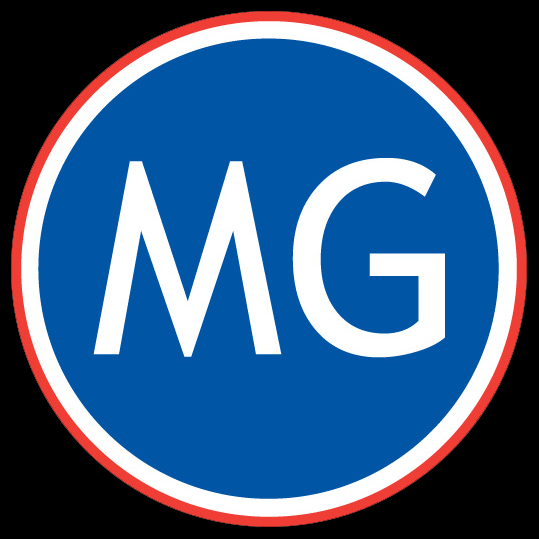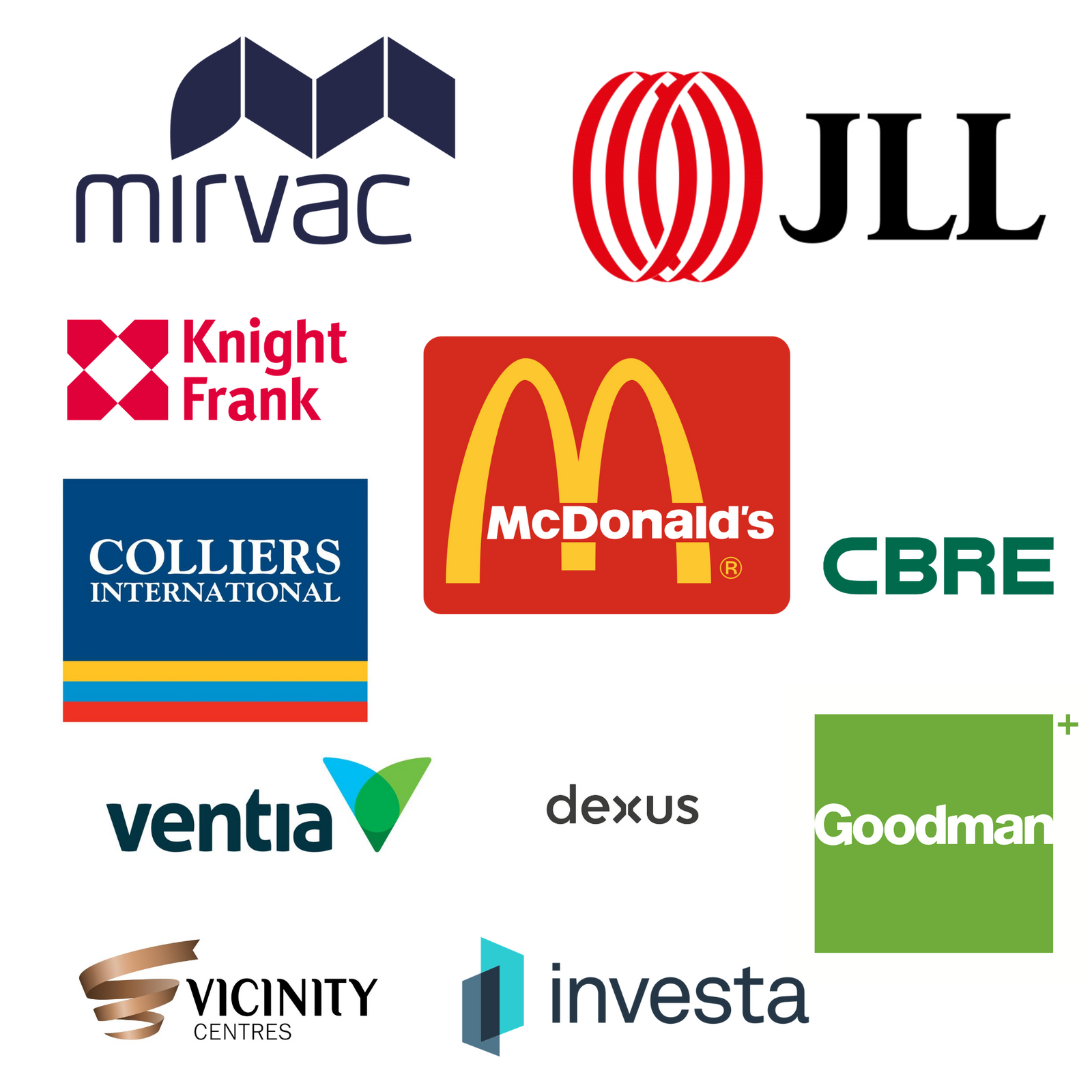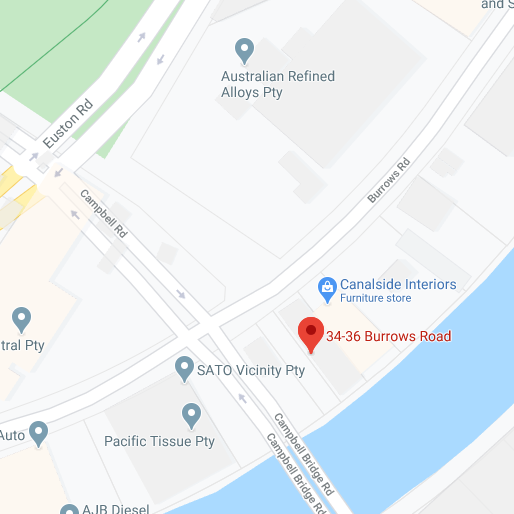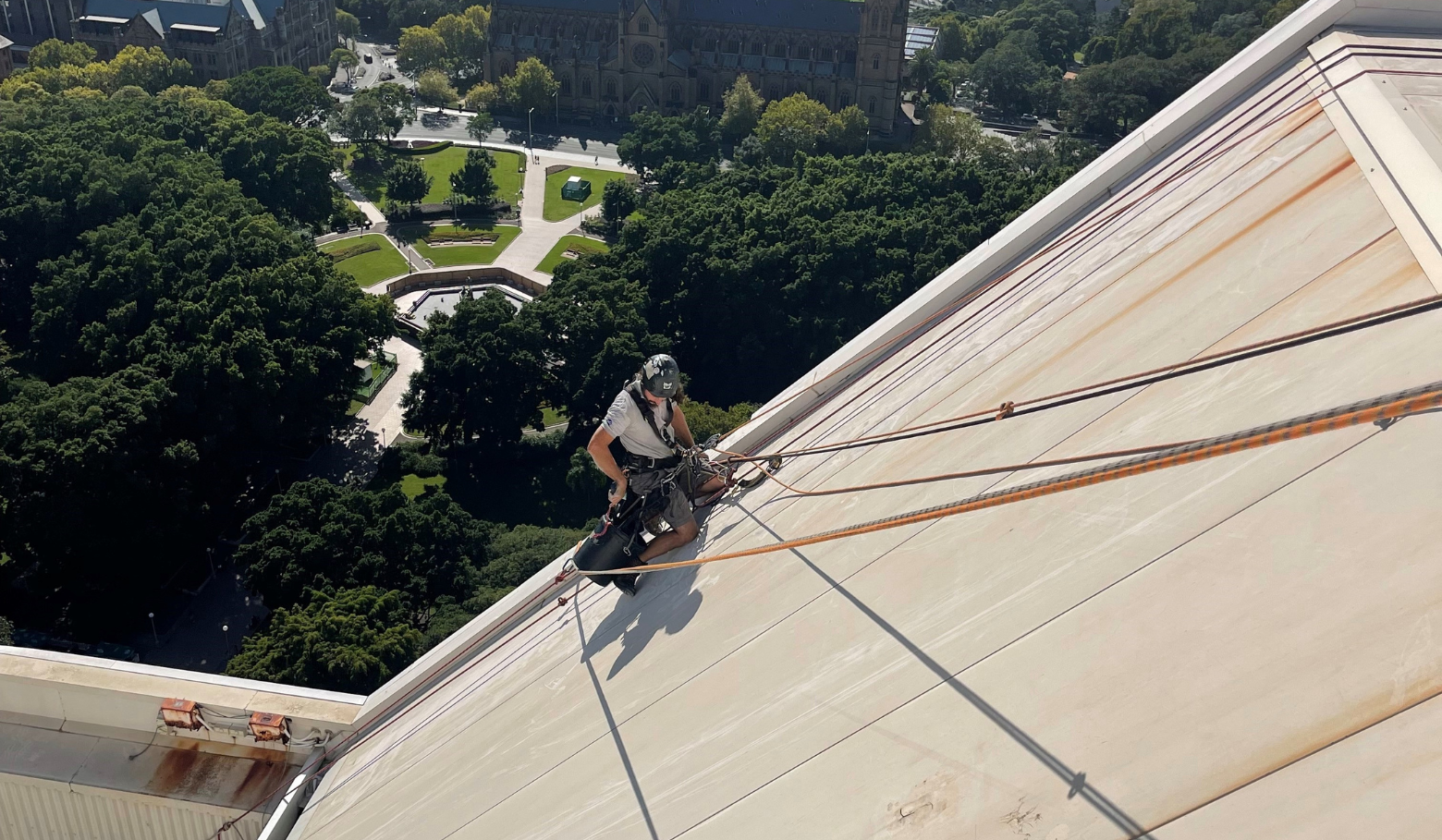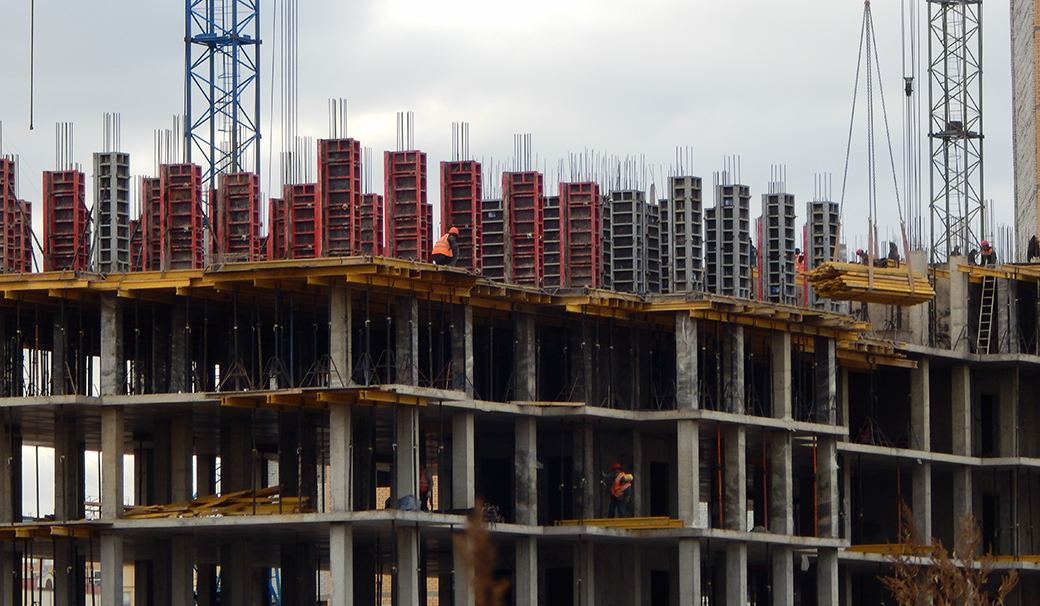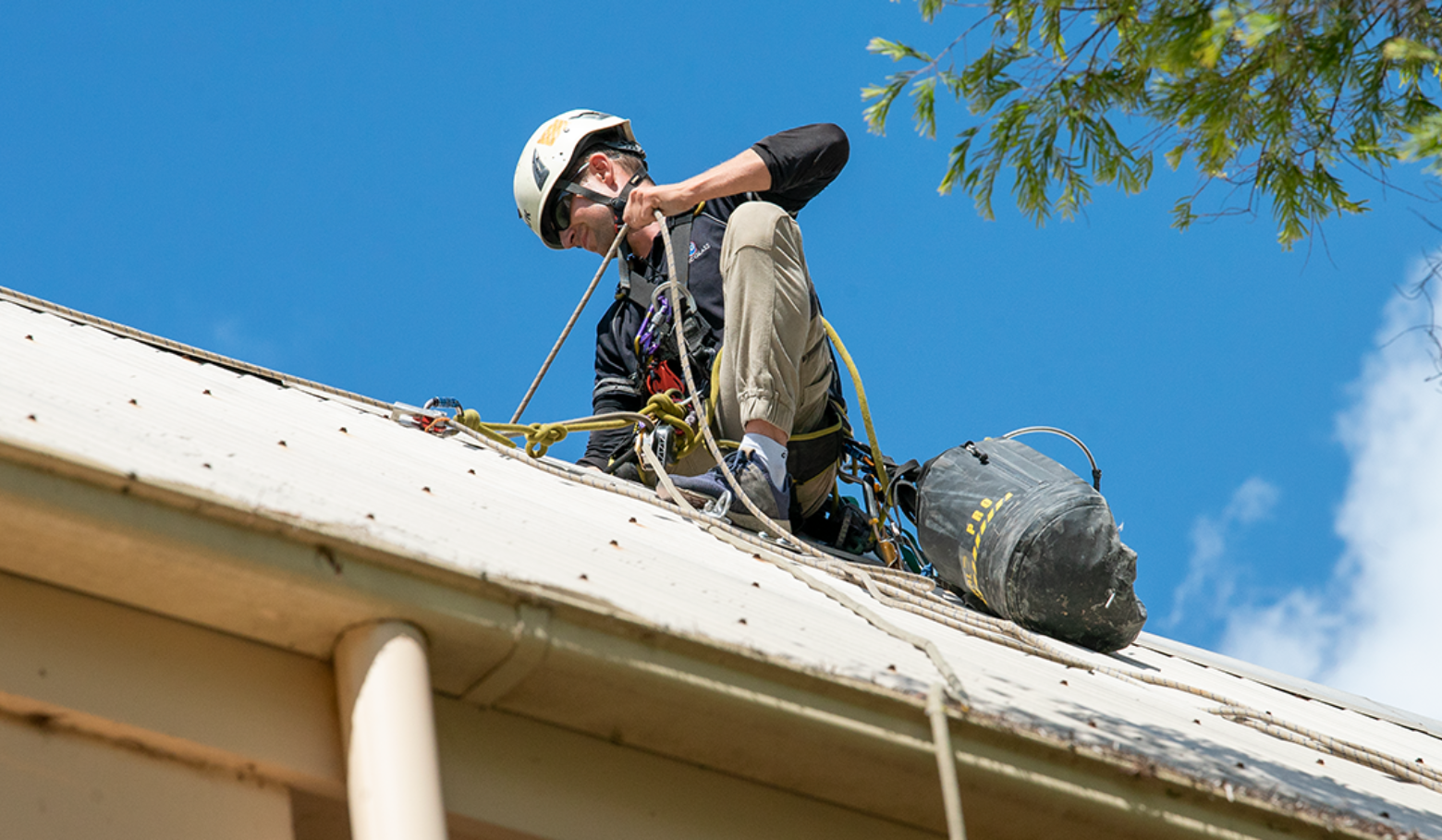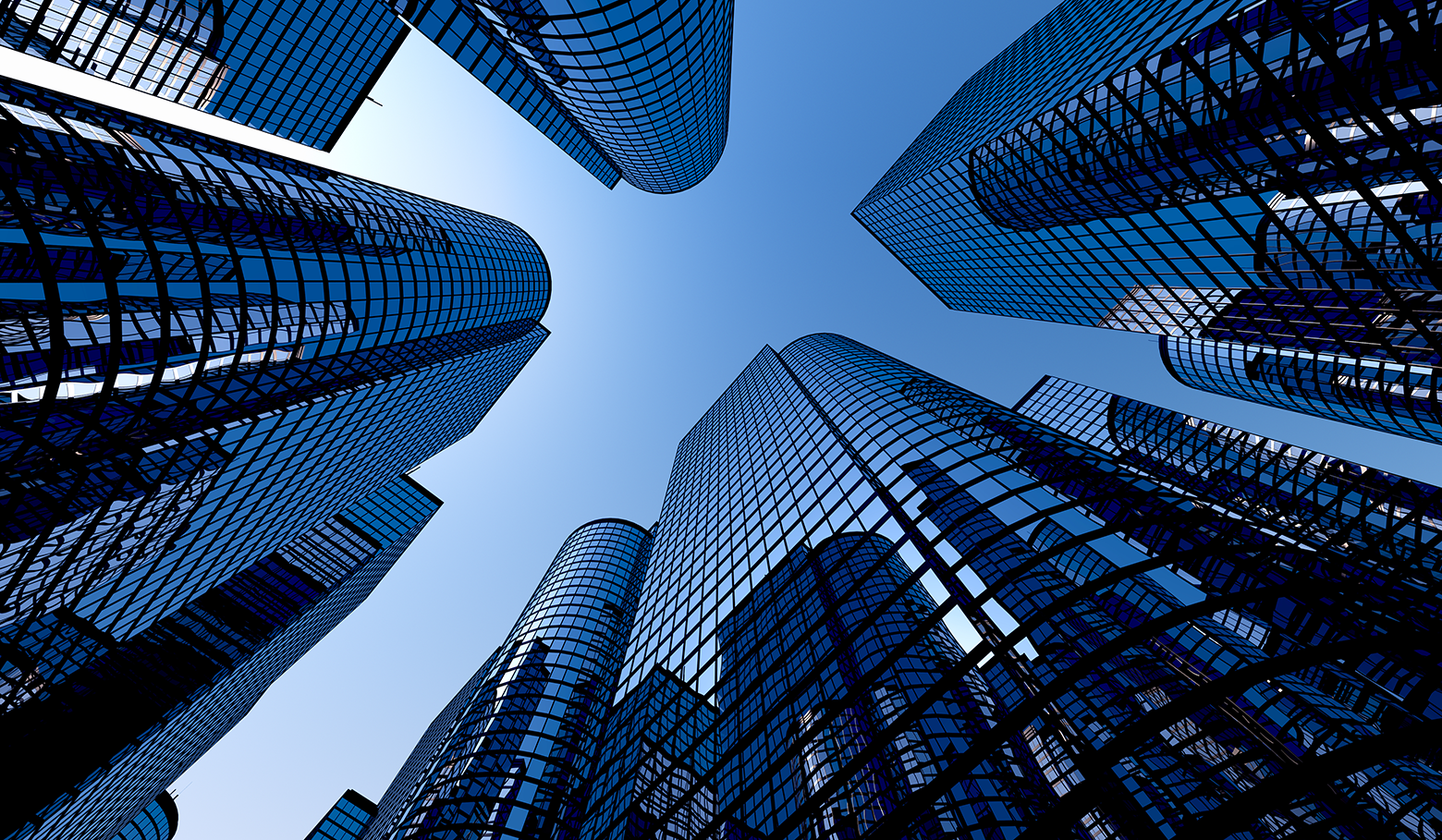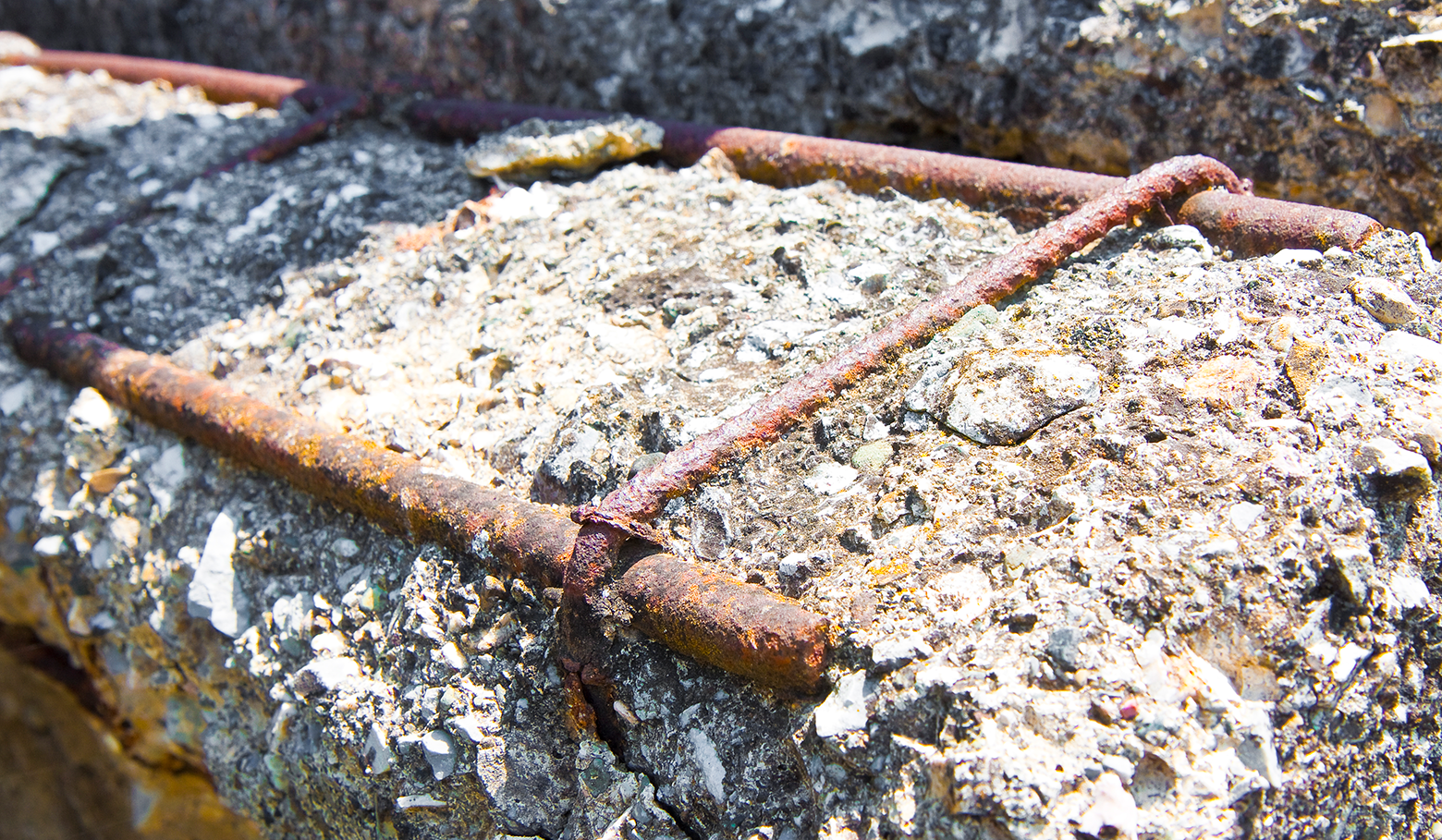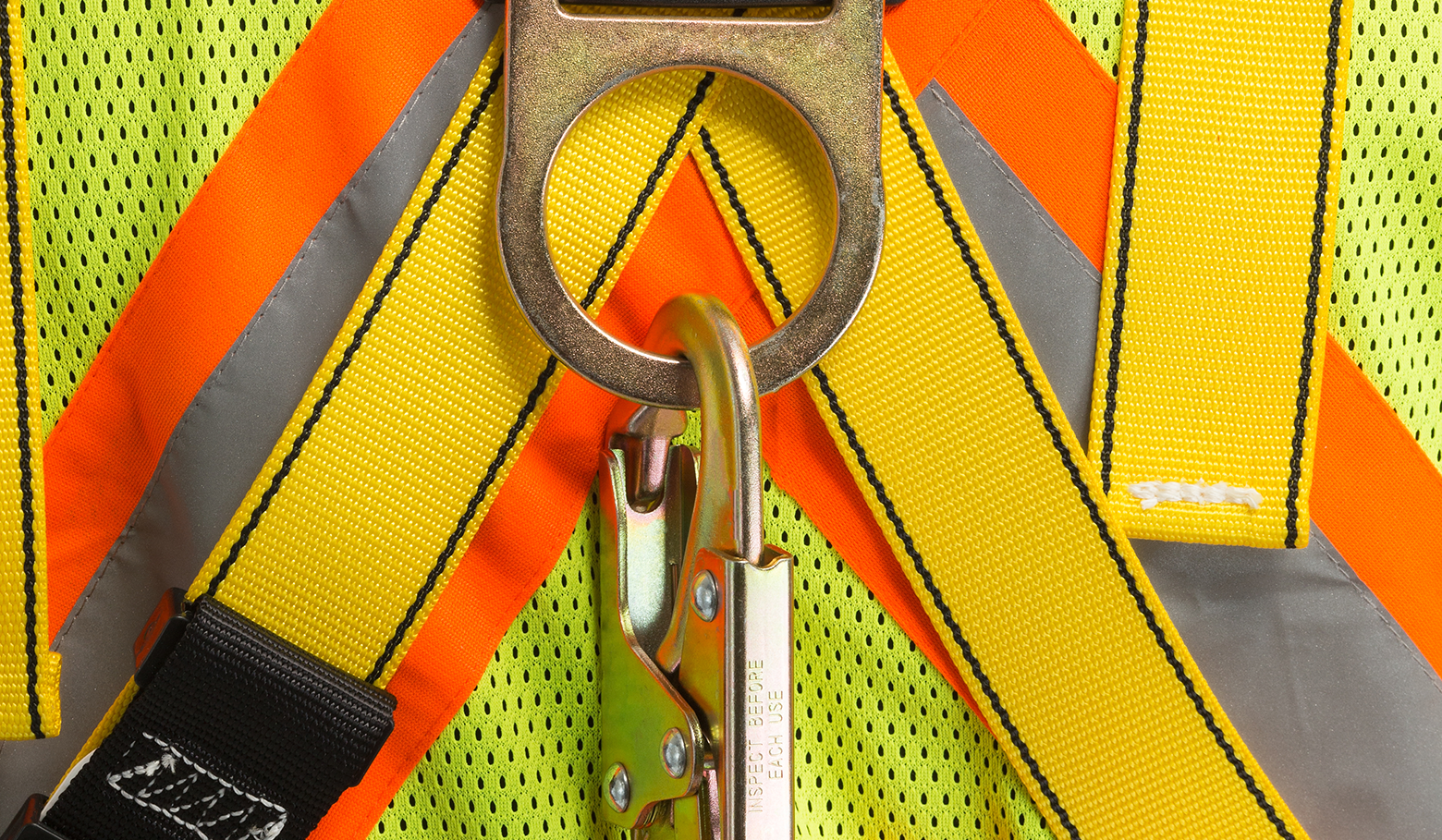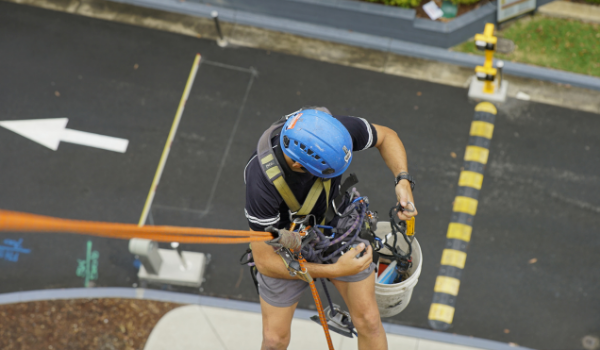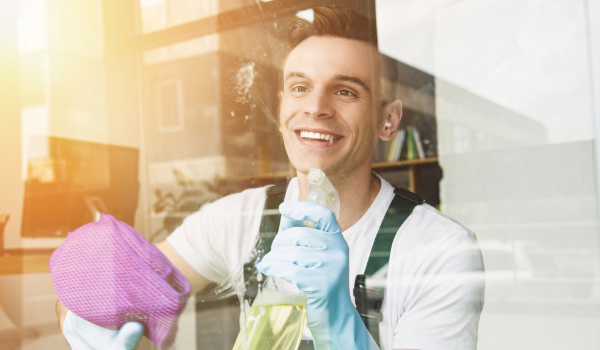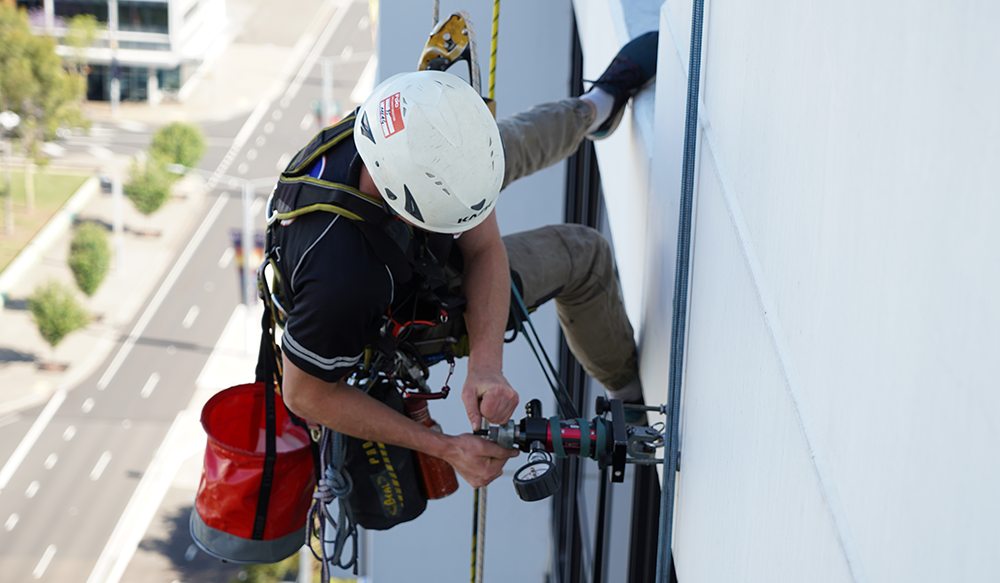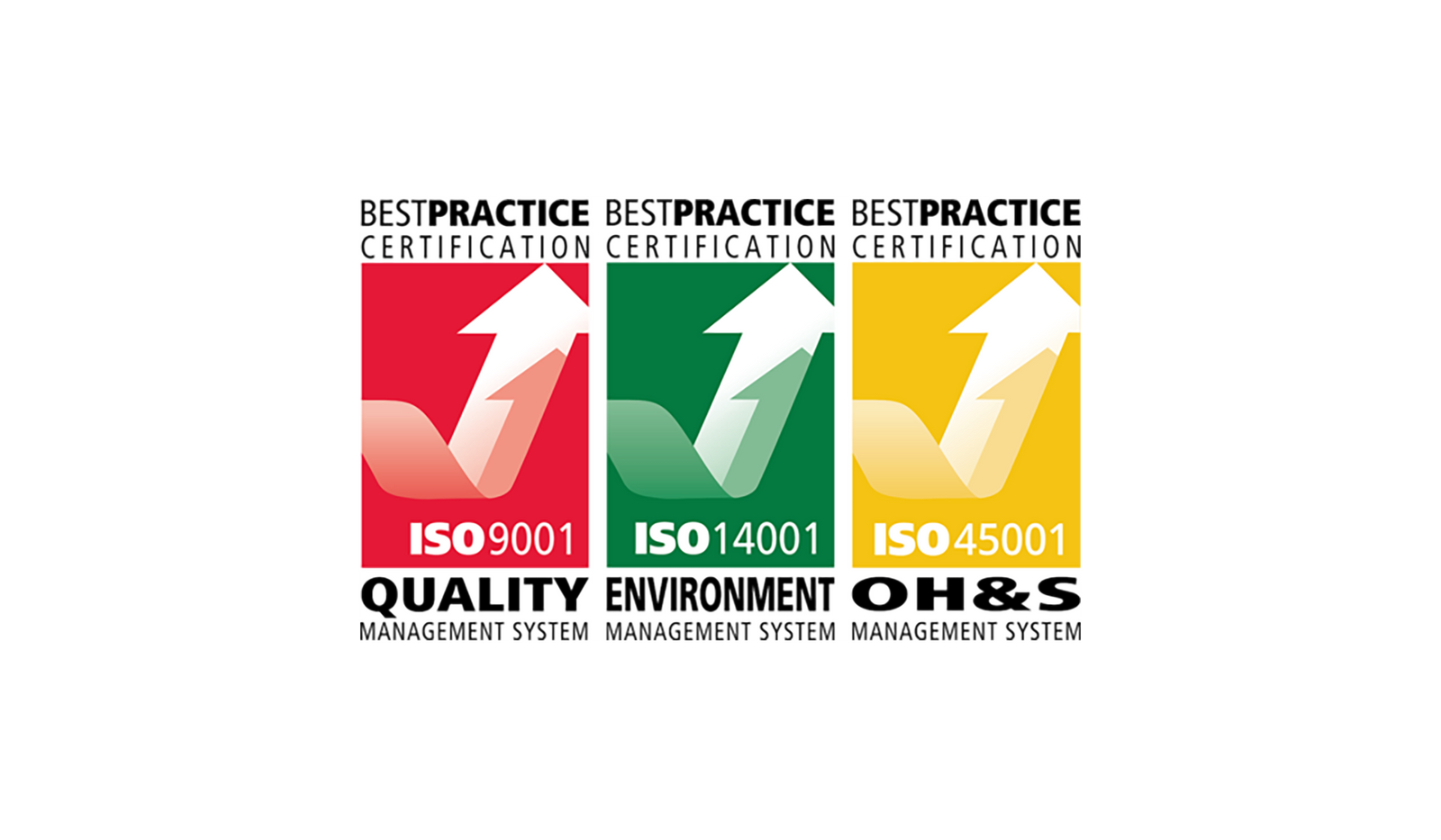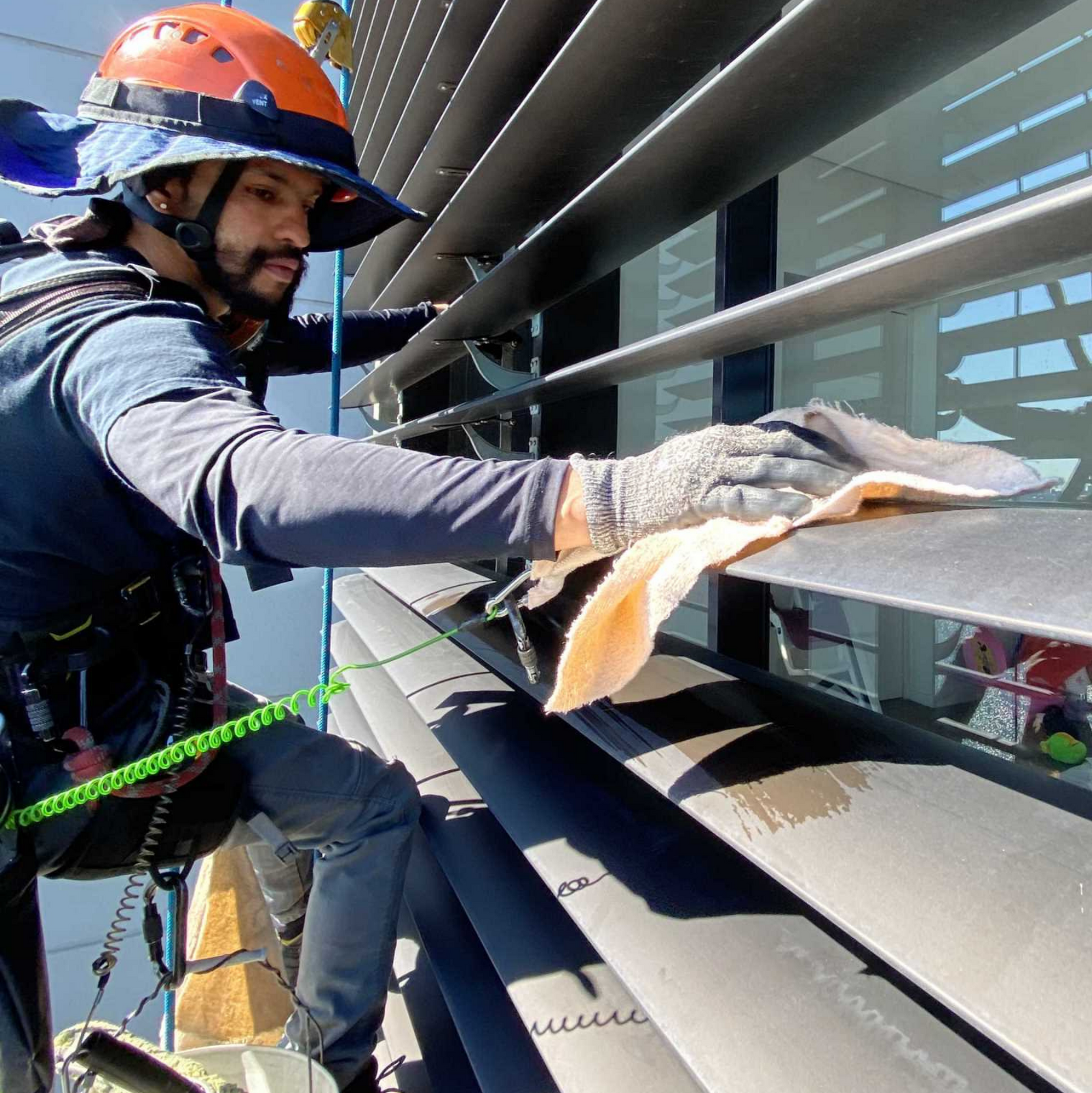Glass Blog
When it comes to working at heights, implementing effective safety procedures is a must. Falls from heights are the second leading cause of work-related mortalities within Australia, so ensuring your building or worksite is secure and has preventative measures in place is critical.
The most common types of height safety systems are fall arrest and fall restraint systems. Although they are commonly used interchangeably, they have a number of key differences. Read on to find out more.
Fall Arrest Systems
Fall arrest systems are designed to protect workers in the event of a fall. When a worker falls, the arrest system will catch them, preventing the occurrence of injuries or deaths.
Fall arrest systems fall into two categories - personal and general. Personal fall arrest systems involve specific Height Safety PPE and attachment systems, such as harnesses and ropes. General fall arrest systems protect all workers as a whole rather than individually, such as safety nets and catch platforms. Both types of fall arrest systems should prevent workers from falling no more than two metres.
Examples of fall arrest systems include:
- Full-body harnesses
- Suspension belts
- Rope lanyards
- Safety nets
- Catch platforms
Fall Restraint Systems
Fall restraint systems are preventative safety measures. They are designed to prevent falls altogether, rather than catching workers after they have fallen.
Examples of fall restraint systems include:
- Guardrails
- Walkway systems
- Static restraint lines
These restraint systems are used for lower-risk situations, where falling is less likely or less hazardous.
Having effective fall protection systems in place is an absolute necessity in preventing workplace injuries and deaths.
If you’re unsure about your requirements or what fall protection equipment you should be using for your building or worksite, get in contact with Magic Glass for more information.
Whether your building is high-rise, low-rise, commercial or residential, chances are that it has faced some kind of building defect. More often than not, these defects are minor, however it is still important that they are remedied in order to prevent further damage and the occurrence of injury.
Read on for 5 common building defects that all property owners should be aware of.
1. Poor Roofing Materials
Poor roofing materials can lead to leaks, rusting, and erosion. Not only are these things detrimental to the visual appeal of your building, but they can also cause severe structural damage if left unresolved.
2. Drainage Issues
Problems with drainage often come up due to boycotted water outlets. When a gutter is blocked, it can affect the entire structure of a building and lead to future failures if not quickly addressed. Even bad rainwater drainage systems can result in leaks that can potentially ruin the walls and reduce the quality of the building structure.
Another common issue is blocked weep holes preventing water from being able to escape from a facade and causing leaks internally.
3. Structural Complications
These are the defects that you can find on the foundations of the house, such as wall cracks and misplaced wall posts. Structural complications should be addressed immediately as they can be a serious hazard to the health and livelihood of your building’s inhabitants.
4. Waterproofing Problems
These are defects related to poor drainage, leaking roofs, and any other problems related to poor waterproofing. As waterproofing problems can lead to structural complications, they need to be remedied as soon as possible.
5. Facade Defects
Facade defects occur on the exterior of a building. They include defects such as brick cracks and concrete spalling. Often these defects occur naturally through exposure to moisture or harsh weather conditions.
If you encounter any signs of these defects in or around your building, give Magic Glass a call. Our dedicated Rope Access Technicians can remedy all external building defects, regardless of the size and height of your building.
Proper maintenance of your building’s exterior is critical not only in terms of visual appeal, but also in terms of safety and functionality. Conducting facade inspections, cleaning and repairs can be a complex and time-consuming process, however. Fortunately, the use of rope access can make facade maintenance much more simple.
What is Rope Access?
Rope access involves the use of ropes and harnesses to traverse the exterior of buildings to conduct inspections, repairs, removals, installations, and cleaning services.
Due to strict training requirements and safety standards, rope access is considerably safer than alternative access methods such as the use of scaffolding and cranes.
Why is Rope Access Ideal for Facade Maintenance?
Aside from being the safest access method, rope access is also a faster, less-disruptive, and less-expensive method of carrying out facade maintenance work.
With little set-up and pack-up times, rope access drastically reduces the time it takes to carry-out facade work. This, in turn, cuts costs associated with labour and equipment and makes the process much more straight-forward.
In addition, the lack of scaffolds, platforms and cranes makes rope access a much more subtle process. This reduces disruption to your building and its inhabitants and won’t compromise your building’s visual appeal.
Rope access is also much more ideal for facade maintenance as it provides workers with greater mobility and flexibility to move around the building. This allows them to reach more difficult-to-access areas with very little restriction from equipment.
If you’re wanting to make the change to rope access, get in contact with the Magic Glass team today. Our dedicated Rope Access Division offers an abundance of services that will keep your building’s facade clean, safe and functional.
- Anchor Point Installation
- Building Maintenance
- Commercial Glass Replacement
- Commercial Glass Services
- Commercial Glazier
- Commercial Glazing
- Facade Cleaning
- Facade Maintenance
- Facade Services
- Glass Maintenance
- Glass Services
- Glazing Services
- Hi-Rise Glass
- High Rise Glass Services
- Magic Glass
- Rope Access
- Window Cleaning
When it comes to Rope Access, an acronym that is frequently thrown around is IRATA. If you’ve heard this acronym but are unsure as to what exactly it means, this article is for you.
What is IRATA?
IRATA stands for the Industrial Rope Access Trade Association. This association was established in the United Kingdom in the 1980s as a means for providing a safe working environment in the oil and gas industry.
As these industries began to employ a number of industrial rope access techniques, it was recognised that ensuring these practices were safe was an important factor in maximising workplace health and safety. From this, IRATA developed their own rope access technique that emphasised safety and could be used in a range of repair, maintenance, inspection, and access work.
IRATA is now recognised as the world’s leading authority on industrial rope access. It has over 570 member companies globally and has trained roughly 130,000 Rope Access Technicians from a multitude of different countries.
IRATA directs and regulates the training of all Rope Access Technicians seeking IRATA qualifications and certifications.
What Does IRATA Do?
IRATA’s main activities include:
- Regulating the IRATA system as used by their members.
- Reviewing and updating policies and procedures relating to standards, audit, and assessment.
- Promoting and maintaining a high standard of industrial rope access activities in terms of safety and quality.
- Providing guidance and training of personnel involved in industrial rope access.
- Producing publications and guidance on safety, good working practices, training, and other related topics.
- Preparing submissions and providing opinions and advice to global government departments and organisations surrounding work at-heights, health and safety, and training.
- Ensuring safe rope access training and work procedures are introduced and developed.
- Supporting members with enquiries.
- Organising annual events for the rope access community.
What are the Objectives of IRATA?
The main aims of IRATA are as follows:
- To promote and maintain high standards in safety and work quality of practices in the industrial rope access industry.
- To improve the practices of individuals working in rope access.
- To promote continuous improvement in the education and training aspects of rope access.
- To increase awareness surrounding the advantages of rope access over alternative access methods.
IRATA plays a paramount role in promoting and encouraging safe rope access practices around the world. They offer thorough training and certification programs for Rope Access Technicians to ensure they maintain a high standard of safety and quality when carrying out work at-heights.
At Magic Glass, all our Rope Access Technicians are IRATA trained and certified. This ensures all our practices are of the highest safety standards, and all our work is of the best possible quality.
For any repair, maintenance, and installation requirements at-heights or in hard-to-access areas, get in contact with the Magic Glass Rope Access Division now!
Although rope access may appear scary to many, it is actually the safest option when it comes to height access work.
Compared to alternative methods such as scaffolding and cranes, rope access has very little risk. This is due to several factors outlined below.
1. Full Accreditation Required
In order to become a Rope Access Technician in Australia, you must be fully accredited and IRATA trained.
All Rope Access Technicians at Magic Glass undergo thorough training before they are permitted to work. This enables them to become familiar with all safety procedures and protocols and understand how to tackle all jobs at-height as safely as possible.
2. Less Equipment, Less Risk
Compared to using scaffolding or cranes, rope access requires very little equipment and set-up.
Because of this, there is less space where something could go wrong and less equipment that could fail.
3. Less Time, Less Risk
Rope access is also by far the fastest and most efficient method of height access work.
Because of this, there is less time for complications to arise or for something to go wrong.
4. Safer for Passer-Byers
Rope access is also much safer for passer-byers of the building or construction site.
This is because all tools required for the job at hand are secured to Technicians via ropes and harnesses. In the event that a Technician accidentally drops their tool, it will stay intact to the Technician instead of falling to the ground and potentially harming pedestrians and other workers on the way.
For all your rope access needs, get in contact with the Magic Glass team.
All of our dedicated Rope Access Technicians are highly experienced and IRATA trained.
Concrete cancer is an issue all building managers and owners should be familiar with. It can occur in any building and, if left untreated, can vastly affect its structural integrity.
What is Concrete Cancer?
Concrete cancer occurs when the steel reinforcements in a concrete slab begin to corrode. This causes the surrounding concrete to become brittle and crack, which can have drastic effects on both the functionality and visual appeal of the building.
Concrete cancer occurs most commonly when the steel reinforcements are exposed to air and water.
What are the Signs of Concrete Cancer?
Common signs of concrete cancer include:
- Cracking or crumbling concrete
- Rust stains emerging from the concrete
- Bubbling of the concrete render
- Leaks in internal walls.
What are the Causes of Concrete Cancer?
Concrete cancer can occur for a number of reasons. The mains ones being:
- Poor waterproofing
- Saltwater chlorides forming in buildings near the sea
- Harsh/wet weather conditions
- Concrete carbonation
- Poor quality concrete
- Insufficient concrete cover
- Ground movement under the building.
How do you Treat Concrete Cancer?
Concrete cancer treatment is predominantly dependent upon the cause of the problem. In the event of concrete carbonation or insufficient concrete cover, most technicians will opt for the application of a polymer modified repair system to the steel reinforcements of the concrete slabs.
In the event of weather damage or the formation of saltwater chlorides, it is common to treat concrete cancer with electrochemical treatment options, such as cathodic protection.
The worse the concrete cancer is, the harder it will be to treat. Early diagnosis is therefore key in preventing further structural damage and saving you money .
If you spot any signs of concrete cancer in your structure, you should contact Magic Glass as soon as possible.
Our qualified technicians will be able to identify the causes of your concrete cancer and inform you on your options for remediation. We also have a specialised Rope Access Division, so we can access all areas of your building, no matter its size.
Call us today for a free quote.
Fall arrest systems are an important part of all at-height construction and work sites. They play a critical role in reducing workplace injuries and fatalities caused by falls. To learn more about fall arrest systems and the different types, read on.
What are Fall Arrest Systems?
A fall arrest system protects workers in the event of a fall. If a person working near an unprotected edge should take a fall, the fall arrest system combined with a fall arrest harness will catch the person and prevent them from hitting the ground or area below.
It’s important to note that fall arrest systems are different to fall prevention systems. Fall arrest systems protect workers after they’ve fallen, whilst fall prevention systems prevent the occurrence of falls (such as edge protection and roof guardrails).
What are the Different Types of Fall Arrest Systems?
Fall arrest systems can be categorised as either general or personal. General fall arrest systems include nets and catch platforms, whilst personal arrest systems include lanyards and harnesses.
Some of the most common types of fall arrest systems include:
- Static Lines
- Anchor points
- Rope grabs
- Safety nets (ideal for worksites where there are no scaffolds, and the fall hazard is less than 25 metres)
- Rails
Many of these fall arrest systems involve anchor points. These are points where workers can attach their lanyards to anchor themselves to the building and catch them in the event of a fall.
Like all fall arrest equipment, it is important to get anchor points inspected regularly and ensure they are certified for use. All height Safety systems must be inspected and certified every 12 months by a certified professional.
When Should Fall Arrest Systems be Used?
Fall arrest systems should always be used when working at a height that could potentially cause injury in the event of a fall. This may include when carrying out electrical, glazing, cleaning, and roofing work.
Even if the risk of injury is minimal, at least one form of fall protection should always be used.
If you require height safety installation, get in contact with the Magic Glass team. We are highly experienced in installing, inspecting, and certifying a range of different height safety hardware including fall arrest systems, anchor points, safety ladders, ladder points, and temporary and permanent edge protection.
